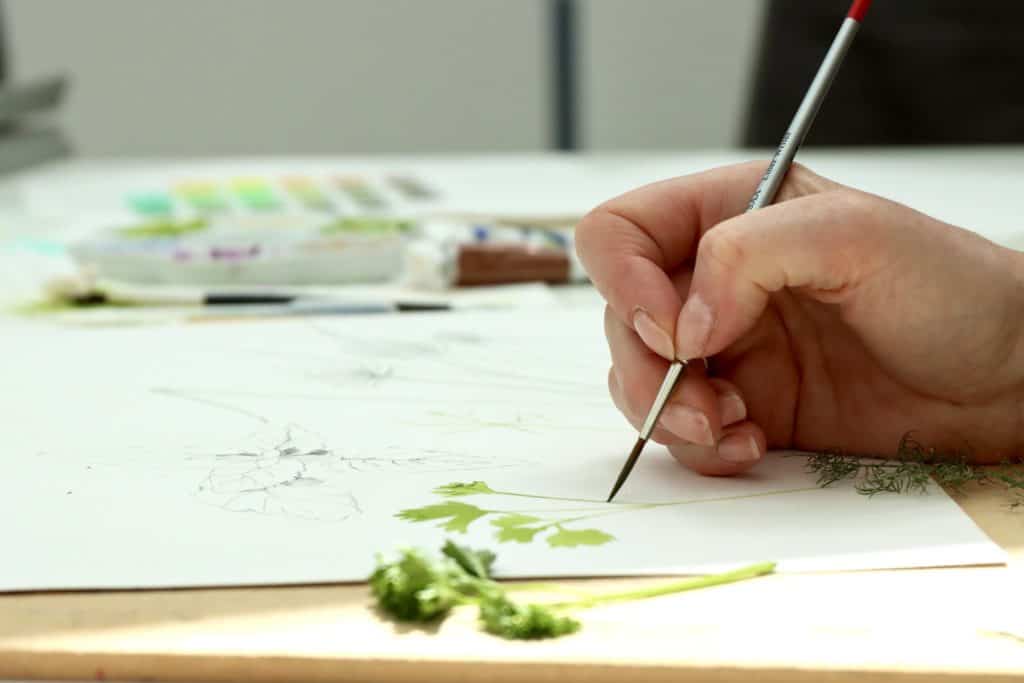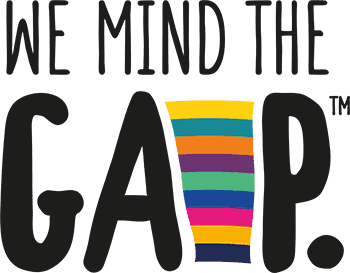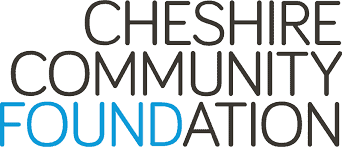
Watercolour Painting 101: A Beginner’s Guide
From adorning prehistoric cave walls to being displayed on refrigerator doors, watercolour painting has endured to become one of the most recognizable yet accessible art forms today, proof of its timelessness and significance.
One of the earliest wet-on-wet painting methods developed, Italian frescoes epitomised the Renaissance period, notably in the Sistine Chapel painted by Michelangelo. As technology evolved, watercolours made a splash across the world, entering even ordinary households. Nearly every modern artist, from Van Gogh to Georgia O’Keefe to Tracey Emin, tried their hand at the versatile medium.
Another watercolour enthusiast, King Charles III once said he considers painting “one of the most relaxing and therapeutic exercises.” Not only does it let us express ourselves, but with every wash and brushstroke, the very act of painting invites us to catch our breath and go with the flow.
Well, why not experience it for yourself at one of Toolerstone’s watercolour painting workshops in Cheshire? Or give it a go at home and reap the benefits of this creative pursuit that has stood the test of time. We go through the basics of watercolour painting in this article so you can begin to nurture your inner artist.
1. Gather your materials
Before you get started, it’s vital to prepare your workspace. Gather all the necessary materials for your project and lay them all out so that everything is easily in reach.
Paper — Make sure your paper is 200 gsm or higher, which means it is thick enough to handle watercolours.
Paint — There are many types of watercolours to choose from, including tube paint, watercolour pans, marker pens, pencils, and even crayons. Gouache is another type of watercolour paint that is distinct for its opaque finish.
Palette — It is necessary to have a clean palette handy for mixing colours.
Paintbrushes — A paintbrush typically has a number on the handle indicating its width. Varying shapes and sizes serve different purposes. Small round brushes are great for details and linework while flat brushes can quickly fill up space with bold strokes and sharp edges.
Water — Prepare two containers of water, one for cleaning brushes and the other for diluting the paint pigment.
Masking Tape — Though it could have other applications, a good beginner tip is to use masking tape to keep your paper flat and stable.
Paper Towels — These will be used to lift colour from your painting, wipe brushes clean, and generally keep your workspace neat. A cloth could be used as a substitute.
These are just the most basic supplies you need to start watercolour painting, but it’s up to you to find the right toolset to suit your specific project.
2. Learn and understand basic techniques
While there are really no rules when it comes to creativity and art, learning a few basic watercolour techniques will give you more room to expand later. Remember, first of all, that watercolour dries semi-transparent, lighter than it appears when initially applied. Depth and tone take several layers of paint to achieve, so patience is crucial.
Wet-on-wet painting is when pigment is applied to an already wet surface. It produces expressive strokes and covers wider areas. A single coat of diluted pigment on paper is referred to as a wash, the basic unit of watercolour painting.
Wet-on-dry is when a wash of paint is applied over a dry surface, normally used for more precise details.
3. Apply colours from light to dark
Again, these are guiding principles rather than strict instructions. Some strategic planning is required in order to get the most desirable results. Conventionally lighter colours like pink or yellow will not show up over a rich blue or red, so it’s best to start with softer tones and gradually build up to darker shades.
This should also be the basis for creating gradients and blending colours. Glazing is the term for layering several washes of paint, adding deeper value to the same pigment or combining different colours.
4. Lift off paint to correct mistakes and create highlights
In so-called “pure” watercolour painting (sometimes referred to as the “English Method”), white pigment is never applied, utilising only the paper’s natural white to indicate highlights. Lifting paint is the key to accomplishing this style. It is also a way to correct mistakes and tidy up your paintings. To lift paint, lightly dab the still-wet area with a dry brush, tissue, or Q-tip, effectively soaking up the colour. If the paint is already dry, simply apply clear water before lifting.
5. Focus on the process
As with any endeavour, it takes a lot of practice to gain confidence in what you’re doing. Rather than fixate on producing a perfect final image, be mindful of the journey towards it. The more you paint, the better your understanding will be of how the medium behaves, how the paintbrush glides or zips or dips on the page, how the colours bond or bicker or mingle with each other. Ultimately, the more you engage and interact with your creativity, the more you can harness it.
6. Don’t be afraid to play around
Once you’ve mastered the foundations of watercolour painting, it will then be easier to experiment with various techniques and styles. If you’re looking to improve your craft, broaden your skill set, or simply get inspired, try joining one of our creative workshops.
At Toolerstone, we offer watercolour painting workshops, craft courses, and other creative activities that activate your imagination and get you working with your hands. Take a break from the hectic daily routine and explore your artistic side while surrounded by the romantic scenery of Cheshire.





